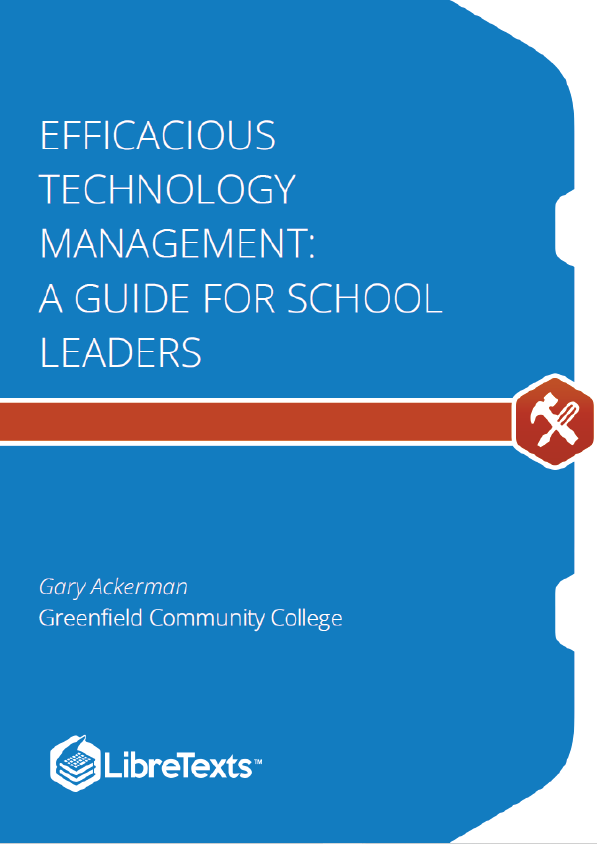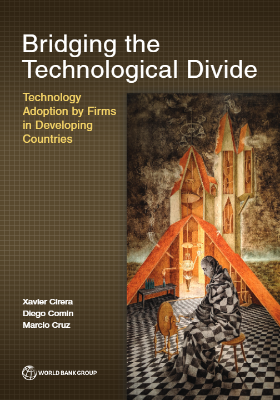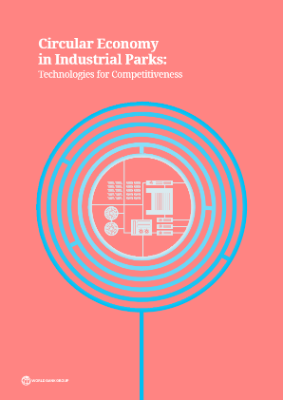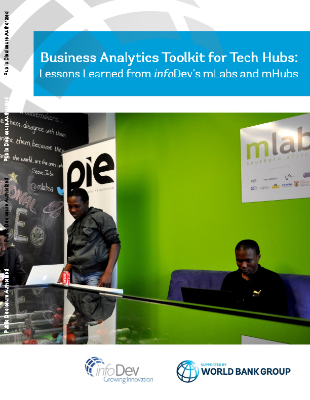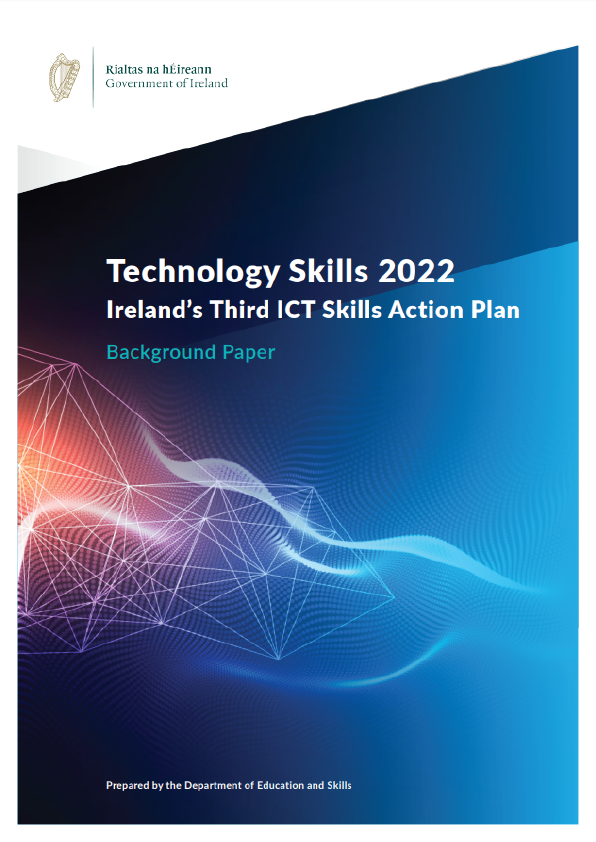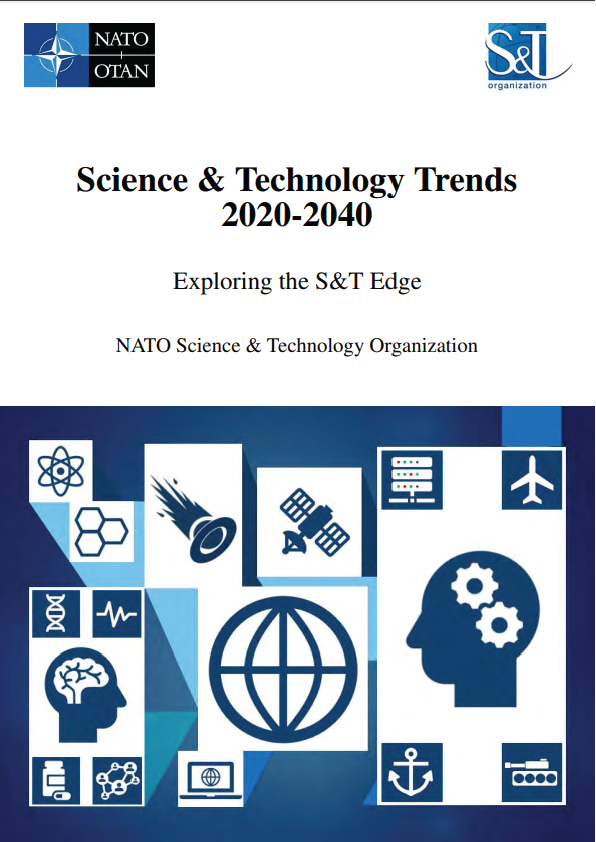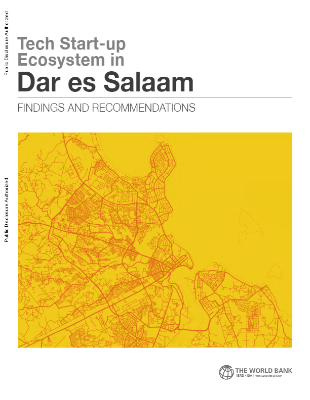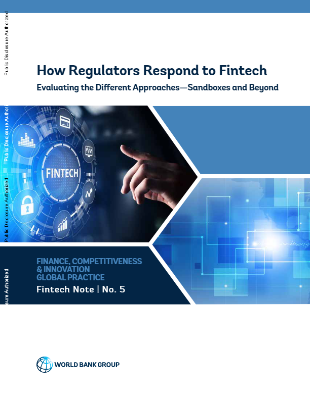Efficacious educational technology supports, enables, and facilitates students as they are become full participants in the computer and network-rich communication landscape of society. Differences between how IT is provided and managed in other organizations compared to educational organizations can pose challenges for school leaders and the IT professional they hire from other industries. It is through the collaborative efforts of educators, information technology professionals, and school leaders that educational technology becomes efficacious.
The transition from the Standard Model of education to the alternatives that are emerging to replace it is an incomplete and unpredictable activity. IT managers (along with the teachers they support) who have a framework for understanding the role of technology in the many activities that comprise teaching and learning will design more effective systems than those who do not. In this chapter, technology-rich teaching and learning is deconstructed so it can be understood by IT managers.
Because new information technologies (including hardware, software, and information sources, along with new uses of each) emerge very quickly compared to the periodicity of schools (new technologies appear several times during a typical school year), teachers must adopt and adapt to them constantly. When deciding which technologies to use, teachers are more likely to use technologies that:
- Are easier to use than existing technologies;
- Are more effective than existing technologies;
- Complement existing technologies.
While it may appear easy to select technology that meets these characteristics, those decisions are complicated by the diversity of the devices that emerge as well as the effects the technologies have on students and teachers and culture. In this chapter, a framework with which educators can understand the role of new technologies in their work is described. In addition, strategies for supporting educators’ understanding of technologies in their classrooms are described.
A comprehensive IT management plan will articulate a logistic goal related to supporting teachers as they become competent users of IT and teachers with IT. In addition to capturing a central role for information technology in the curriculum, this logistic goal will include all students and will include diverse technology experiences. For example, “Every student will gain experience using technology to access, consume, and create information and to interact with others in all classes.”
Context for the Logistic Goal
The need to articulate a logistic goal supporting technology- rich teaching and learning for all students, and in all areas, arises from the non-neutrality of IT. The information technology common in a society determines what it means to be “literate” in the society, so all teachers have the responsibility to expose students to technology-rich information and interaction in their field. Teachers who ignore IT today are no different from teachers who ignored text in previous generations. We know from the arguments in Chapter 1 that information technology affects individual humans, the organizations humans create, and the culture in which humans live. These effects extend into classrooms as well. To accomplish the logistic goal of using technology in classroms, school IT managers support a) on-going training to use IT, b) learning about emerging information technologies, and c) design opportunities to ensure IT- rich teaching and learning is embedded in all curriculum areas.
Soon after desktop computers arrived in schools, the Apple Classrooms of Tomorrow project studied the interactions of students and teachers in classrooms. One of the findings from that work, and a finding that has been demonstrated ever since, is that putting new information technology in classrooms does not mean it will be used for effective teaching and learning (Sandholtz, Ringstaff, & Dwyer, 1997; Schofield, 1995). In the decades since computers arrived, there has been on-going study of the factors that influence teachers’ use of technology. It is clear from this research that teachers’ beliefs about technology and teaching, the nature of the technology and its support, other’s use of technology, and the availability of curriculum and materials that make of use technology are all important factors affecting the decision to use computers in a classroom (for example (Buabeng-Andoh, 2012; Kim & Reeves, 2007; Mumtaz, 2000; Somekh, 2008; Zhao & Frank, 2003). Even as researchers understood the factors associated with technology use by teachers and the affordance of IT associated with alternative methods, the Standard Model of instruction dominated and technology continued to be a marginal part of students’ experience.
